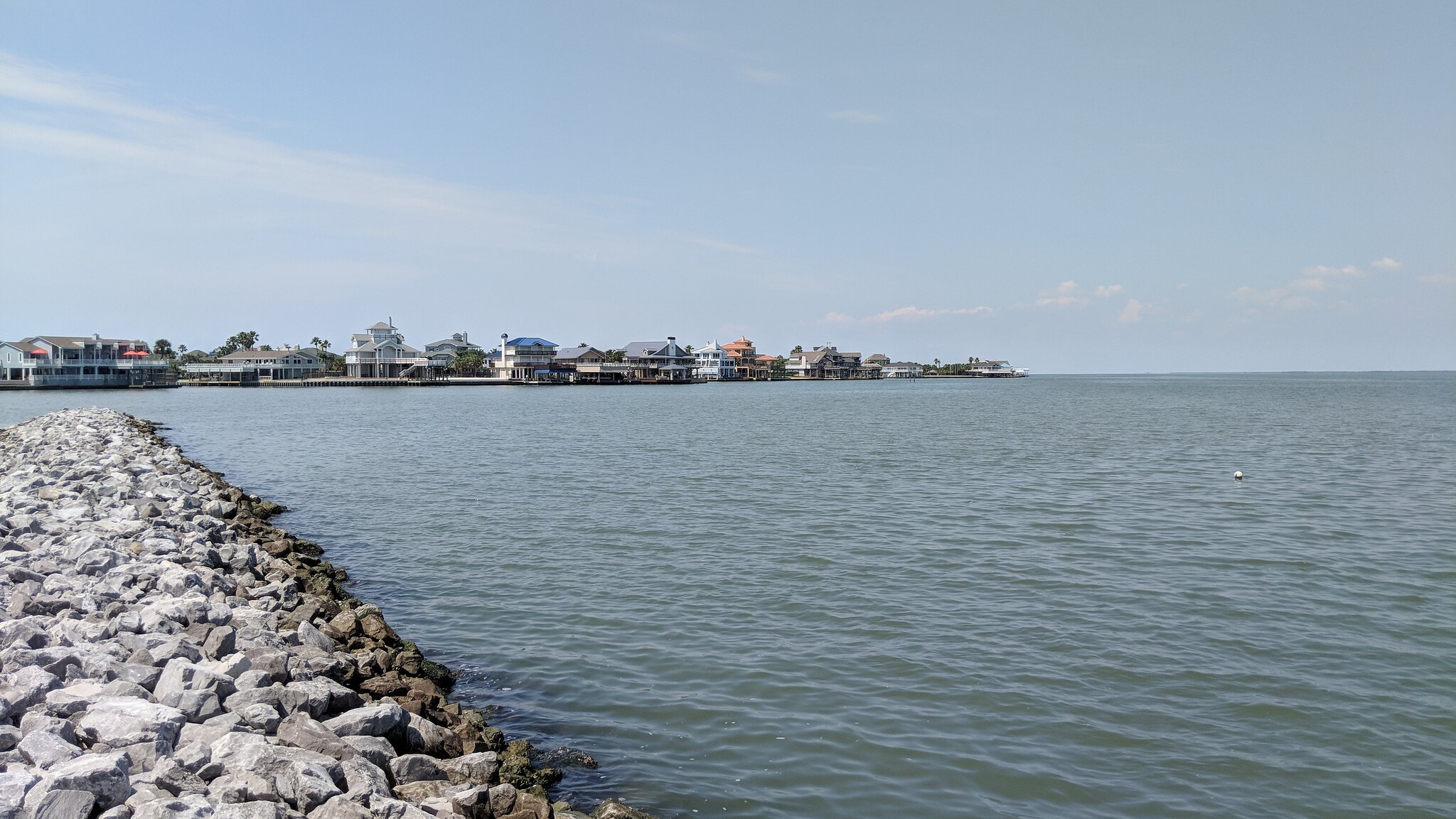Texas A&M-Galveston has created a solution researchers hope can prevent the kind devastation that another Hurricane Harvey could cause. The problem is – they estimate they will need $20 billion to complete the project. Rice University has a plan that is cheaper and quicker to implement, but government sponsors who can determine its feasibility are still needed.
Kiah Collier is an associate editor at The Texas Tribune. She says that since Hurricane Ike in 2007, both Rice ant Texas A&M-Galveston have been developing, and pushing for their plans to be chosen by the state. But there is one clear winner.
“[The universities] have sort of pushed these dueling plans and the A&M one has kind of won out I guess, it’s the one that the government is really looking into at this point,” Collier says.
Texas A&M’s plan would include 12-foot-high clay and concrete-fortified sand dunes, and a storm surge barrier gate system along the coast. Collier says one thing that keeps the state from fully committing.
“There’s the price tag… this particular segment of it to protect the Houston-Galveston region is $20 billion,” Collier says.
Officials were also not on board with the plan because the sand dunes were going to be set up near the Ship Channel at strategic locations, leaving some properties unprotected. A&M has since changed the plan to include sand dunes all along the coast – something that Collier says is much easier to support.
“The original plan… left beachfront homes unprotected and they’ve now revised the plan,” she says.
Collier says they’ve moved to “putting the sand dunes at the coast to protect everyone and people are a lot happier about it.”
Rice, on the other hand, says it can complete a project with a similar goal, for $6 billion, a fraction of what the A&M project costs. Titled “The Galveston Bay Park Plan,” the proposal includes deepening and widening the Houston Ship Channel and creating a levee or berm in the middle of Galveston Bay that would be topped by parks and recreational facilities. Their biggest challenge right now is finding a local government sponsor to help researchers study their plan and determine its feasibility.
“It’s safe to say that it’s a long shot, it’s certainly feasible and creative and novel and could happen,” Collier says. “But it’s not something the government is really looking at right now.”
Written by Marina Marquez.
















